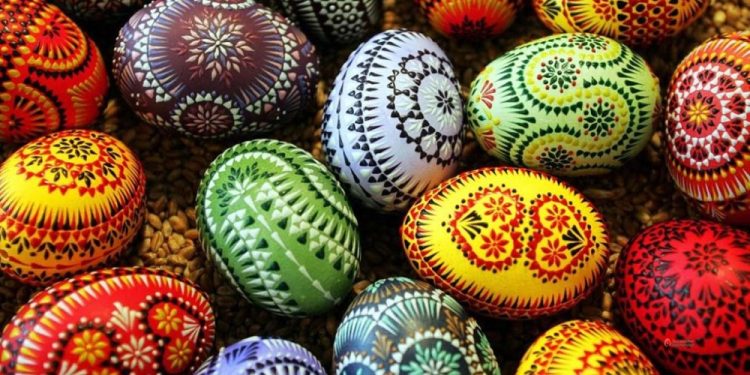
Spring Festival in Egypt
The Spring Festival in Egypt, also known as Sham Ennessim, is a holiday that marks the beginning of spring and is observed on the Monday following Orthodox Easter. This is in accordance with the Coptic Orthodox Church of Alexandria, and the origins of this holiday stem from the Shemu festival of the ancient Egyptians.
This festival has been celebrated by Egyptians for thousands of years, and although some of its customs may have changed through the years, its basic purpose of celebrating the Season of the Harvest remains the same. One thing that should be mentioned about this holiday, however, is that it’s not associated with the Abrahamic religions, even though it’s observed on Easter Monday. It’s a holiday observed by all Egyptians—regardless of religious beliefs.
The History of the Spring Festival in Egypt
The Spring Festival was observed as Sham Ennessim going back as far as the Pharaonic Era—which is about 2700 BC. It has been celebrated through Roman times and even during the Middle Ages. The ancient Egyptians would offer onions, salted fish, and lettuce to their deities on this date.
When Egypt was Christianized, Sham Ennessim became associated with Easter—another spring festival with pagan origins. Over the years, however, Sham Ennessim changed into the Spring Festival—a non-denominational holiday that’s enjoyed by all Egyptians.
Observing the Spring Festival in Egypt
This holiday is observed in a variety of different ways in Egypt. One way this holiday is celebrated is by Egyptians enjoying a day out at green spaces such as public gardens, the Nile, or even the zoo. Another way that people observe this holiday is by enjoying a salted, fermented, and dried mullet called fesikh, green onions, and scallions.
And finally, in a tradition that’s been tied with Easter, people color boiled eggs that are either then gifted or eaten. It’s also a public holiday, so people have the day off, and government buildings, schools, and most businesses are closed for the day.








